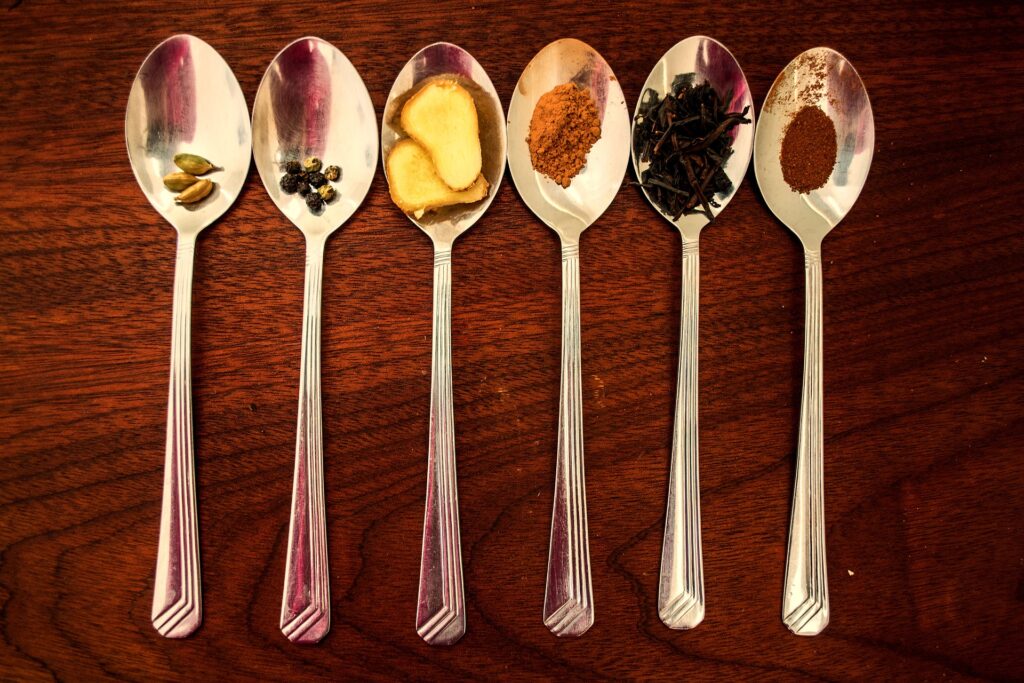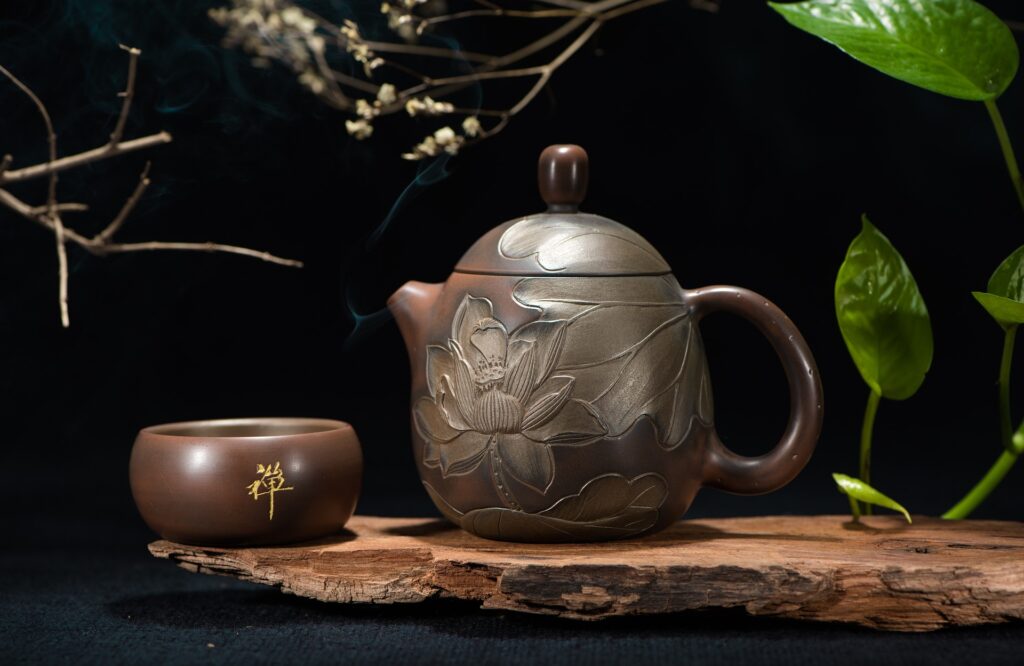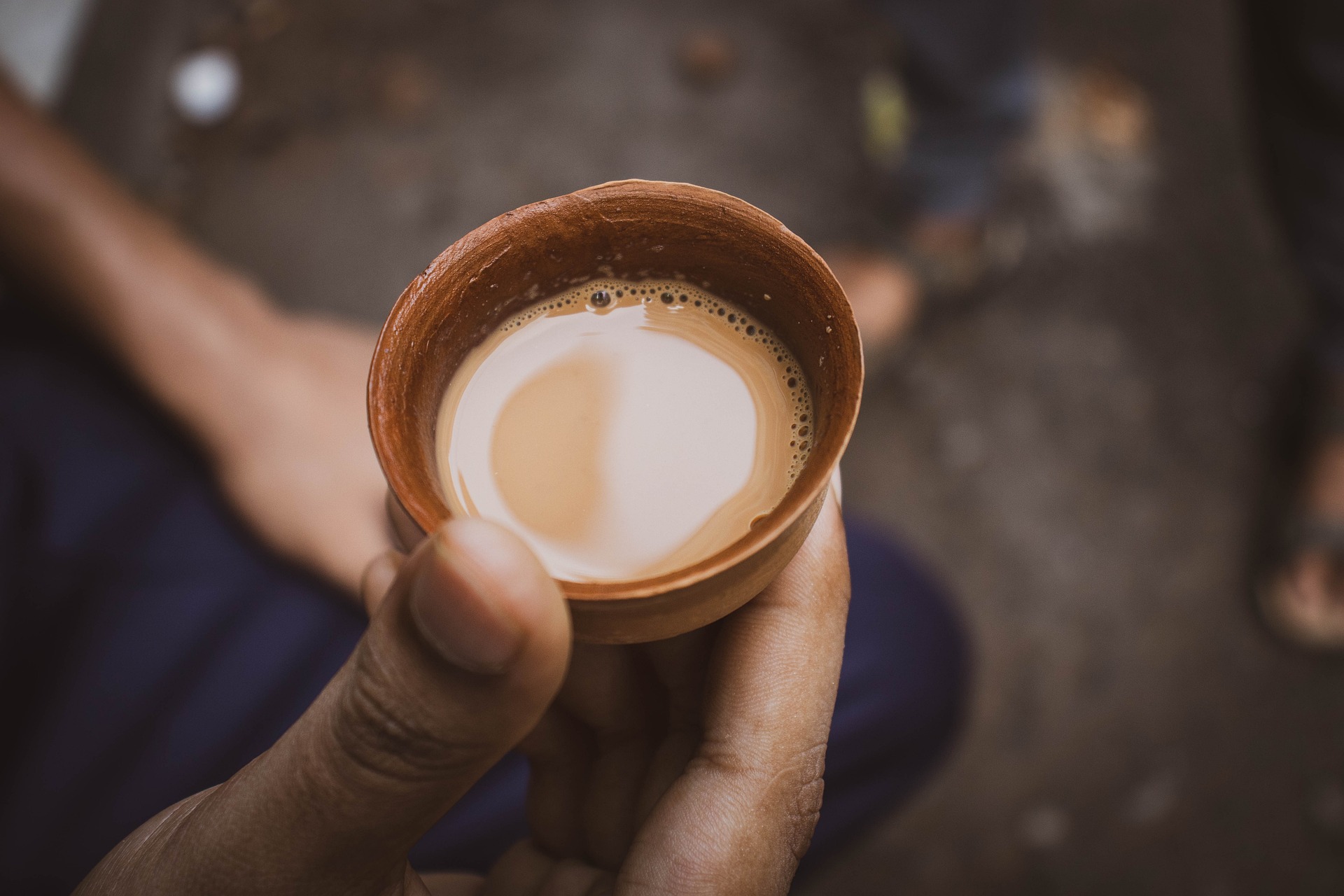Indian tea, A legacy that dates back centuries, intertwined with the cultural fabric of the nation, Indian tea is not just a beverage; it’s a tale of resilience, innovation, and sensory delight. As we embark on a journey to explore the past, present, and future of Indian tea, we unravel the layers of history, delve into the contemporary scene, and glimpse into what lies ahead for this cherished brew.
Table of Contents

1. Tracing the Roots of Indian Tea
The story of Indian tea begins in the lush hills of Assam, where wild tea plants flourished centuries ago. It was the Singpho tribe who first discovered the invigorating properties of tea leaves, laying the foundation for a thriving industry that would shape the landscape and culture of the region.
2. The British Era and Tea Plantations
The arrival of the British East India Company in the 19th century marked a pivotal moment in the history of Indian tea. Under British rule, vast tea plantations were established in Assam, Darjeeling, and other regions, transforming India into one of the world’s leading tea producers.
3. Cultural Significance of Tea in Indian Rituals and Traditions
Tea holds a sacred place in Indian culture, symbolizing hospitality, friendship, and rejuvenation. From the chai stalls lining bustling streets to the elaborate tea ceremonies of aristocratic households, tea rituals are woven into the fabric of everyday life across the country.
4. India’s Position in the Global Tea Market
India’s tea industry has garnered international acclaim, with its bold Assam teas and delicate Darjeeling blends coveted by tea connoisseurs worldwide. As one of the largest tea exporters, India plays a crucial role in shaping global tea trends and standards.
5. Exploring Different Varieties of Indian Tea
From robust black teas to fragrant green teas and floral white teas, India offers Indian tea in diverse array of flavors and aromas to suit every palate. Each tea-growing region boasts its own unique terroir, resulting in distinctively flavored brews that reflect the land and climate.

6. Sustainable Practices and Eco-Friendly Tea Production
In recent years, there has been a growing emphasis on sustainable tea cultivation practices in India. From organic farming methods to rainwater harvesting and waste reduction initiatives, tea producers are embracing environmentally friendly approaches to ensure the long-term health of the land and communities.
7. Innovations in Brewing with Modern Techniques and Trends
The art of tea brewing has evolved with the times, as modern techniques and equipment are employed to enhance flavor, aroma, and convenience. From specialty tea blends to innovative brewing methods, India’s tea industry continues to innovate and adapt to changing consumer preferences.
8. Exploring India’s Tea Gardens and Estates
Tea tourism has emerged as a popular niche in India, offering visitors the opportunity to explore picturesque tea gardens and estates, learn about the tea-making process firsthand, and sample a wide range of teas in idyllic settings.
9. Health Benefits and the Wellness Aspect of Indian Tea
Beyond its delicious taste, Indian tea is celebrated for its numerous health benefits. Rich in antioxidants, vitamins, and minerals, tea is believed to boost immunity, promote digestion, and improve overall well-being, making it a staple in many traditional Ayurvedic remedies.
10. Digital Platforms Revolutionizing the Tea Industry
The advent of digital platforms has transformed the way tea is produced, marketed, and consumed in India. From online tea auctions and e-commerce platforms to virtual tea tastings and tea subscription services, technology has opened up new avenues for tea enthusiasts to explore and enjoy.

11. Navigating the Future of Indian Tea
Despite its storied past and global renown, the Indian tea industry faces a host of challenges, including climate change, labor shortages, and evolving consumer preferences. However, with innovation, collaboration, and a commitment to sustainability, the future of Indian tea holds immense promise and potential.
12. Efforts to Safeguard India’s Tea Culture
As India’s tea industry continues to modernize and expand, there is a growing recognition of the need to preserve and protect the country’s rich tea heritage. Efforts are underway to document traditional tea-making practices, support small-scale tea producers, and promote awareness of India’s diverse tea culture.
Conclusion:
As we sip on a steaming cup of chai or relish the delicate notes of Darjeeling tea, we become part of a timeless tradition that transcends borders and generations. The story of Indian tea is one of resilience and adaptation, of flavors that tantalize the palate and rituals that nourish the soul. As we stand at the crossroads of tradition and innovation, the future of Indian tea holds endless possibilities, commitment to quality and sustainability, with cultural preservation.
FAQs:
Q1: How the Indian tea can be considered different from other world teas’?
A: Indian tea boasts a diverse range of flavors and varieties, thanks to its unique terroir and production techniques. From the bold Assam brews to the delicate Darjeeling blends, each cup offers a distinct taste of India’s rich tea heritage.
Q2: How has technology impacted the Indian tea industry?
A: Technology has revolutionized various aspects of tea production, from precision agriculture techniques to online marketing platforms. Digital innovations have enhanced efficiency, quality control, and global reach within the Indian tea industry.
Q3: What are some popular rituals or traditions associated with tea in India?
A: Tea plays a significant role in Indian culture, often featuring in social gatherings, religious ceremonies, and daily routines. Popular traditions include the chai wallahs of India’s bustling streets, the elaborate tea ceremonies of certain communities, and the soothing ritual of chai time in homes and workplaces across the country.
Q4: How is climate change impacting the Indian tea industry?
A: Climate change poses significant challenges to the Indian tea industry, including unpredictable weather patterns, shifting growing seasons, and increased pest and disease pressure. Tea producers are implementing adaptive strategies such as crop diversification, irrigation upgrades, and soil conservation measures to mitigate these impacts and ensure the resilience of tea cultivation in the face of climate variability.

